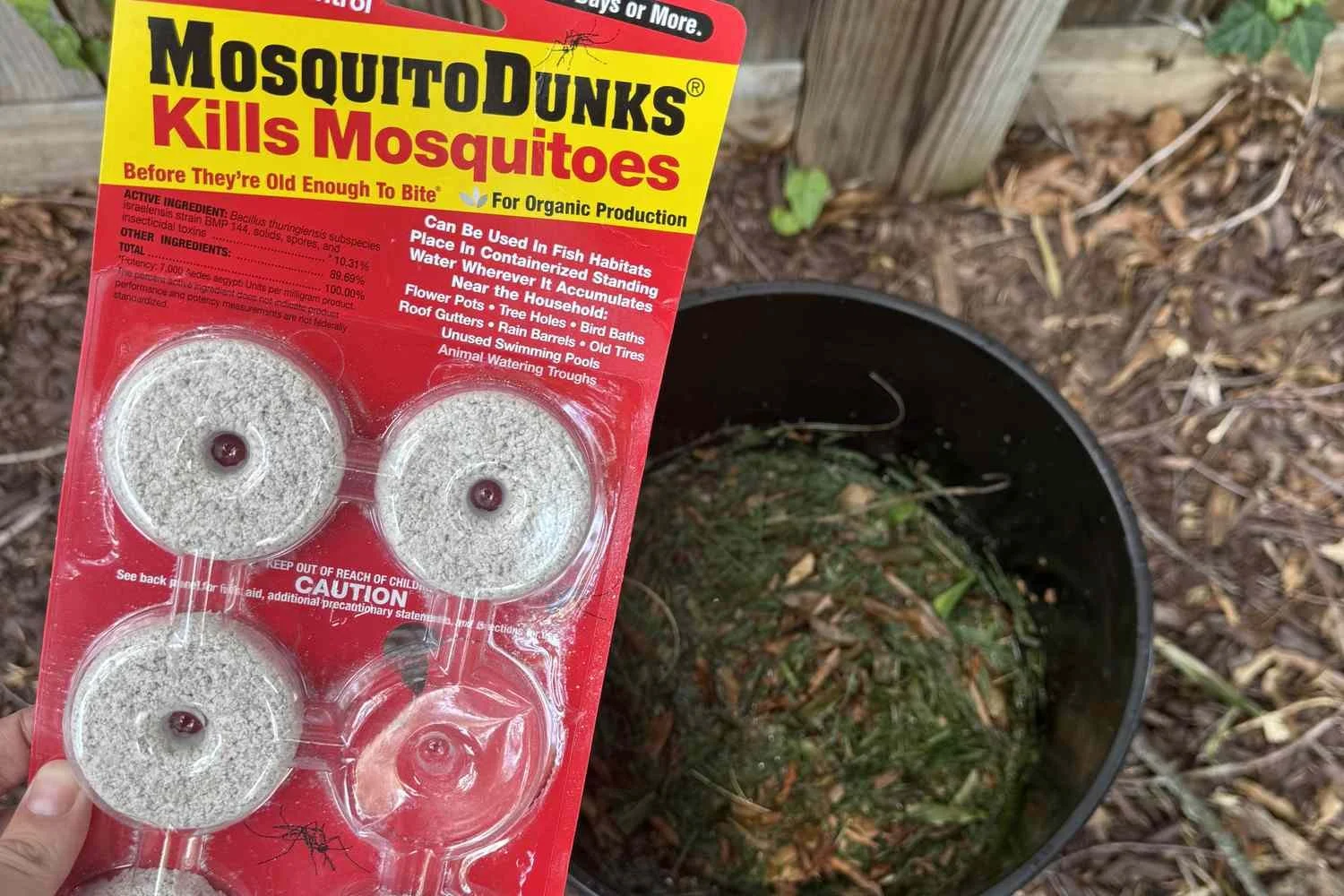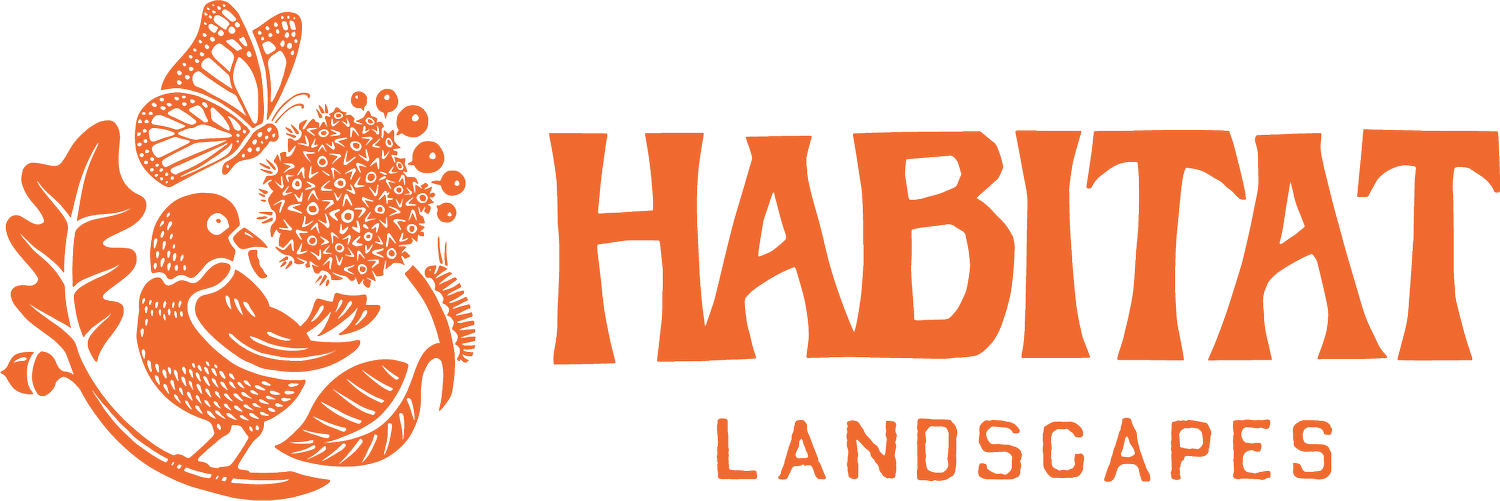
DIY Mosquito Control: Make a “Mosquito Bucket of Doom”
Stop spraying chemicals that harm bees and butterflies — control mosquitoes naturally instead! Learn how to make a DIY Mosquito Bucket of Doom and protect your yard the eco-friendly way.

Expanding Habitats with Native Plant Seed Collection: A How-To Guide
Did you know you can grow pollinator habitats right from the wildflowers in your backyard? Collecting and replanting native seeds not only saves money but also supports local pollinators and helps preserve biodiversity. Whether you're hand-harvesting with simple tools or using more advanced techniques, each seed collected is a step toward a healthier ecosystem.

Native Plant Combinations for Every Season
By choosing native plants that offer beauty, structure, and support for wildlife throughout the seasons, you can create a dynamic and environmentally friendly garden. These seasonal plant combinations not only enhance the visual appeal of your landscape but also provide essential resources for pollinators and wildlife. Embrace the changing seasons and enjoy a garden that is alive with color and activity all year long.
